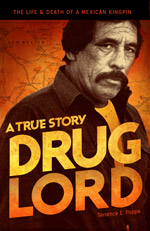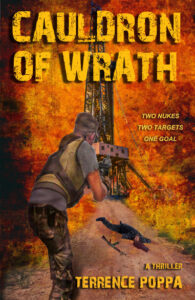(NEWSWEEK) — By Sofia Lotto Persio
Mexico’s drug war has created the second deadliest conflict area in the world after only Syria, according to a global survey.
The International Institute for Strategic Studies (IISS) reported that the six-year war in Syria is the world’s deadliest conflict zone for the fifth consecutive year, causing an estimated 50,000 casualties in 2016. The Armed Conflict Survey 2017, the IISS annual summary of conflicts and casualties worldwide published on Tuesday, found that the war on drugs plaguing Central America has received ”scant attention.”
In Mexico, 23,000 people died in the fight against drug cartels in 2016. In other, smaller Central American countries battling cartels, including El Salvador, Honduras and Guatemala, another 16,000 have been killed.
“The death toll in Mexico’s conflict surpasses those for Afghanistan and Somalia. This is all the more surprising, considering that the conflict deaths are nearly all attributable to small arms. Mexico is a conflict marked by the absence of artillery, tanks or combat aviation,” John Chipman, IISS chief executive and director-general, said in the statement.
Just 10 conflicts accounted for more than 80 percent of the fatalities worldwide, according to the report. In order, the countries affected are: Syria, Mexico, Iraq, Afghanistan, Yemen, Somalia, Sudan, Turkey, South Sudan and Nigeria.
The rate of homicides in Mexico fell between 2011-14, but it began increasing again in 2015, to the point that it has decreased the life expectancy for men in the country by three years. According to IISS researcher Antonio Sampaio, the arrests and killings of top leaders in major cartels like the Los Zetas, infamous for their brutality and mass decapitations, contributed to the dip in violence. But new groups have emerged, adopting similarly brutal strategies for territorial expansion and control.
One of these is the Jalisco New Generation Cartel, which grew from a small, local criminal group in 2013 to rivaling Mexican drug kingpin El Chapo’s Sinaloa Cartel in terms of resources and territory. “The cartel is pursuing a sustained strategy of hyper-violent criminality, designed to scare local people, deter rivals (including the state) from attempting territorial grabs and maximise the incentives for businesses to pay extortion taxes,” Sampaio noted in an article on IISS’ website.




 May 23rd, 2017
May 23rd, 2017 
